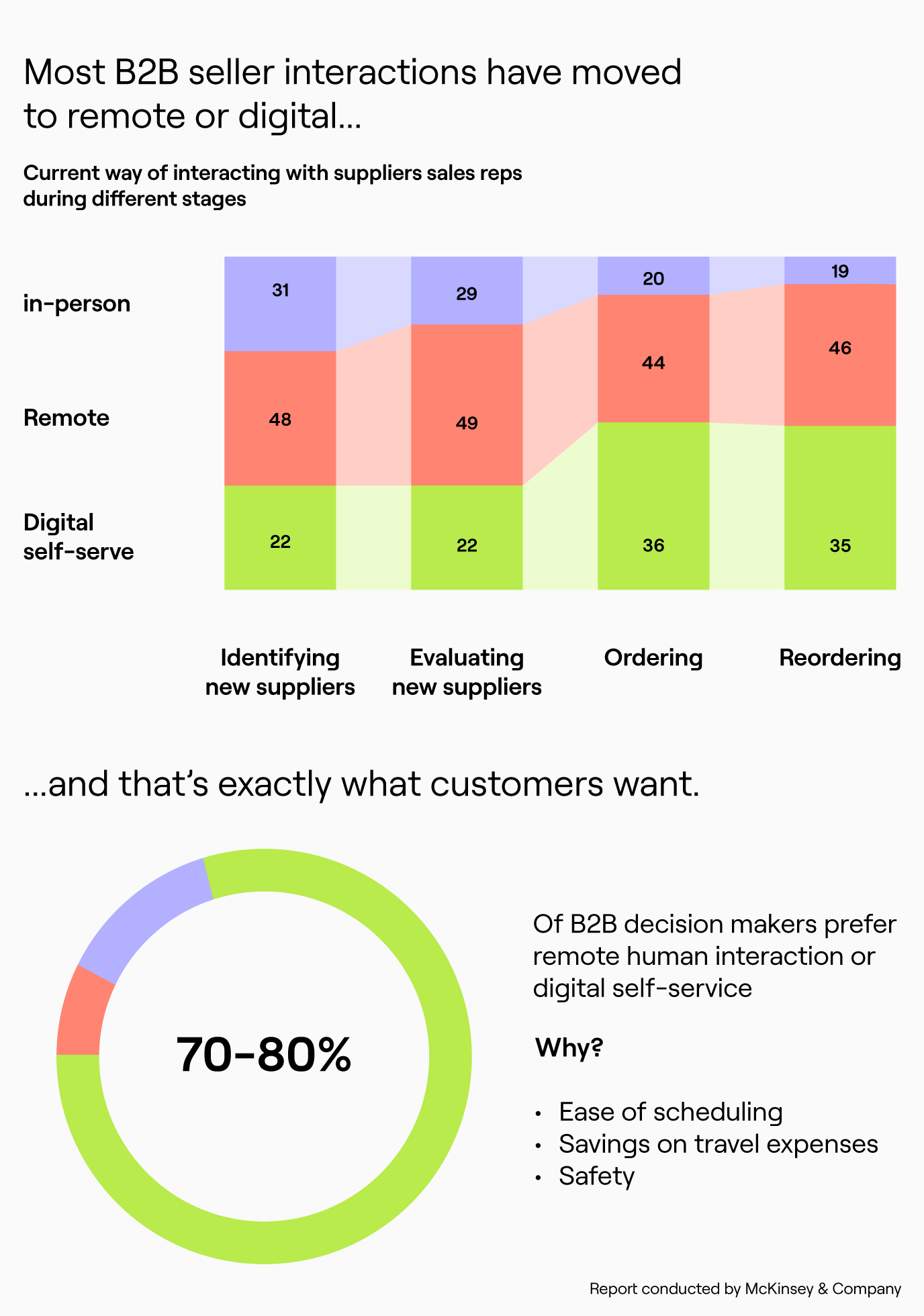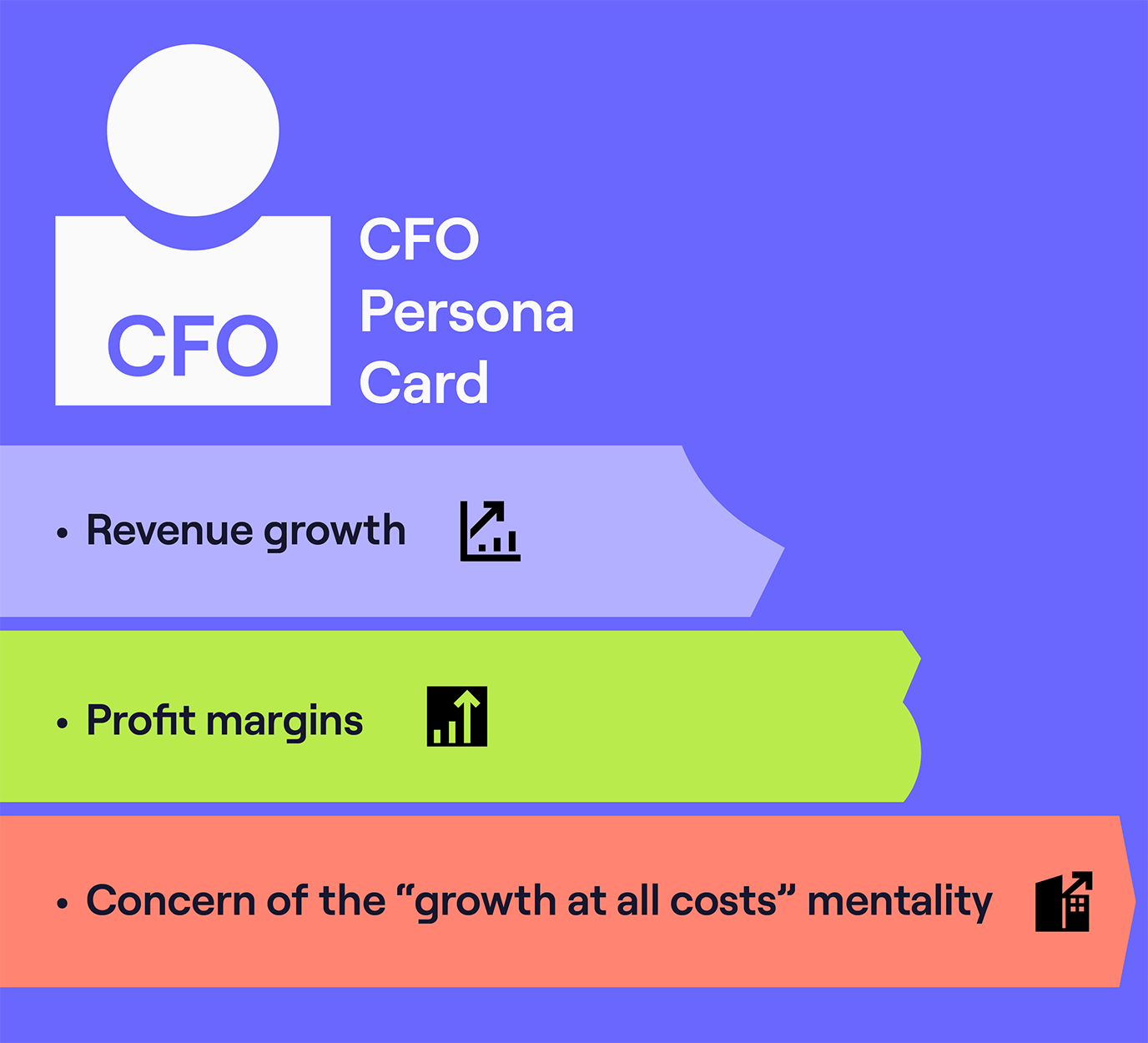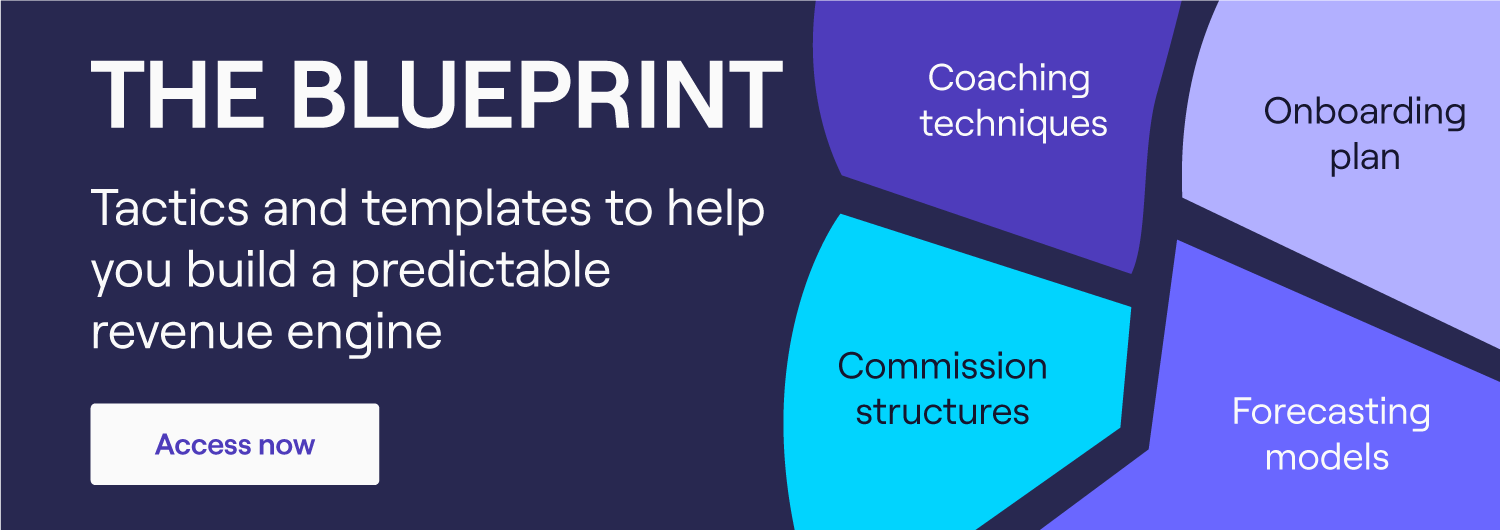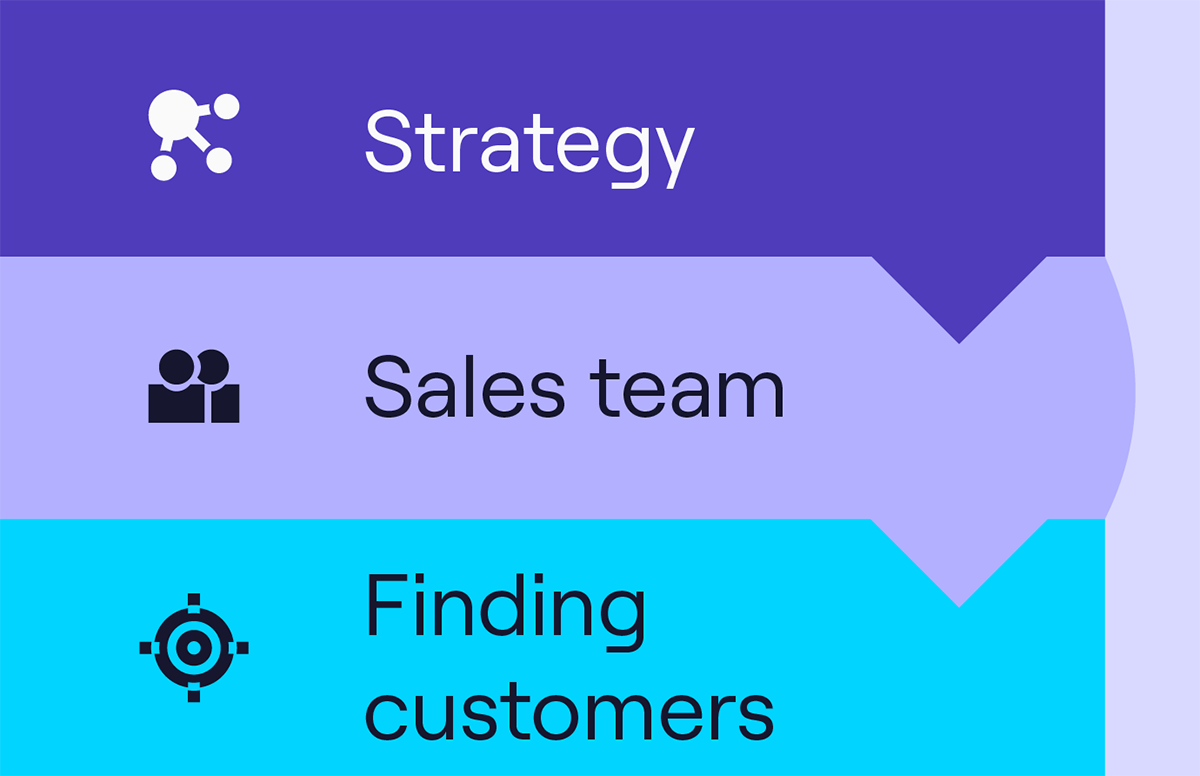The Characteristics of Modern B2B Buying
Here’s a quick reality check 👇
The following tactics aren’t going to you anywhere:
- Spray and pray ❌
- Only speaking to one person in the sales process ❌
- Only relying on one channel ❌
Why?
Because they’re an outdated way of thinking about selling.
B2B buying behaviour has changed. You need to adapt and understand the characteristics of modern-day buying trends.
This is the topic of this article. We’ll cover all you need to know, featuring insights from a wide range of leaders.
So, let’s get into it 👇
Characteristic 1: buyers are purely digital
We’re in the post-pandemic world.
And this means that remote work isn’t going away.
Therefore, sellers have to shift their approach and be smarter about how they’re prospecting.
For example, realising that mobile numbers will be more important than office numbers.
Remote work also means that communication with buyers must adapt to the digital age.
According to a McKinsey report, 70% to 80% of B2B decision-makers prefer remote human interactions. Because of factors like ease of scheduling or savings on travel expenses.
Take a look at this chart for more ⬇️

So, what does this mean for sellers?
First, it means looking beneath the surface of traditional outbound - and tapping into a whole new group of remote channels 👇
- Slack Connect
- Video
And the sooner sellers can jump on this bandwagon, the better. Because it’ll increase their chances of standing out in a crowded market.
BUT - the hustle doesn’t stop there.
The real secret to winning lies in understanding the relevance of certain channels in a sales process. Let’s take the post-demo or post-conversation stage as an example.
The secret to getting deals to that finish line? It’s in understanding how to communicate with buyers effectively.
So arguably, relying on something like email won’t work here. Important information will be missed in an executive’s inbox because they receive far too many messages every day
Now, here’s the important question: what’ll work instead?
Well, Alex Olley, CRO and Co-Founder at Reachdesk, shared this view. He talked about the success of Slack Deal Rooms for the team ⬇️
Characteristic 2: the rise of multiple decision-makers
Purchasing decisions aren’t down to one individual anymore.
And especially in today’s economic climate where purse strings have become tighter, strong business cases are crucial.
Jan Chapman, Co-Founder and Managing Director of MSP Blueshift, agreed:
“The modern buyer in B2B is time sensitive, under pressure, and watching their spend more than ever before, since COVID. More time is being spent reading the fine print.”
Different decision-makers will pay attention to different parts of the fine print. Because their interests or concerns will differ.
For example, here are some of the common pains, experienced by CFOs today:

Read more about how to outreach and communicate with different personas in our cold calling swipe file.
Now, here’s the thing.
Finance will always have some influence on purchasing decisions. So they’re a core decision-maker reps need to talk to.
Jonathon Ilett, VP of Global Sales at Cognism, gave his insights on the importance of this from the cross-selling perspective:
“A lot of these accounts historically have been single-threaded. And the decision-maker isn’t contacted. So, when it does come to cross-selling and upselling opportunities, get the CRO to reach out to decision-makers.”
“That’s how you can add value to the conversations. Encouraging your reps to do this will mean there’s potential to unlock the budget. Because they will be talking with the people calling the shots.”
And this is where reps can use the power of compelling versus critical events to build a case.
Ashleigh Early, Host and CEO of The Other Side of Sales, explained more:
“Given the current economy or not, any time someone is freezing budgets, you have to think about the fact that someone in finance is indicating that they don’t see this as a major problem.”
“It’s telling you that the pain has not been properly mapped or uncovered.”
Here’s her analogy to explain the above:
“If you have a car, you’re at risk of getting the occasional flat tyre. But most people don’t have a specific amount of dollars or pounds sitting in their bank account to pay for the tyre. But the moment you get the flat tyre, you’ve got to go find the money.”
The bottom line?
Knowing this mindset will enable your SDRs to communicate with decision-makers far more effectively.
Now, you might be thinking:
‘This seems like a lot of investment in time and effort. Is this approach actually going to deliver the goal of closing more deals?’
Yes. And here’s the research from Gong to prove it:
Between 2020 and 2022, the % number of won deals with a VP+ in attendance increased from 11% to 17%.
The key takeaway?
Sales teams need to be proactive rather than reactive.
Multi-thread the decision-makers in the deal! Get the team to reach out and build strong business cases for every VP+ that will impact the deal’s success.
Characteristic 3: the rise of 'sense-making' sales
Digital buying has its pros and cons.
On the one hand, getting in touch with buyers is easier than ever.
But on the other hand, once an interaction with a prospect has been made, there’s a high temptation to mass-send distribute content to buyers. And that can be an overwhelming experience for them.
And here’s the truth.
The power dynamic has shifted from sellers to buyers - they’re dictating and controlling the journey a lot more.
Rory Sadler, CEO and Co-Founder at trumpet, said:
“Before, it was a very gated process. And information, such as pricing and what onboarding looks like, would be shared as the sales process progressed.”
“But now, things are a lot different. Buyers have done 77% of their research before speaking to salespeople. So when they get on that call, their main concern is seeing whether the product or service is a good fit.”
Jan agreed:
“When we have an initial meeting with a client, they’ve already spent months researching us and getting a very clear picture of who we are and what we can do for them.”
“Buyers are feeling empowered in the online space ;they’re taking control over the buying process in ways we haven’t seen before.”
Maria Harutyunuan, Co-Founder at Loopex Digital, also shared this view:
“Nowadays, buyers are more informed than ever. They do their research online, compare rates, check reviews, and look into all aspects of the product or service before making a decision.”
And what is the risk of not paying attention to this characteristic?
Nebojsa Savicic, Co-Founder of Plainly, said:
“B2B brands need to hand over their power to customers. With so much competition in almost every industry, customers have the ability to walk away. So customer-centricity is crucial here.”
Now, what does this all mean for salespeople?
Well, it’s crucial to help buyers make sense of the information. And no - that doesn’t mean repeating it 🙅
Enter the power of ‘sense-making sales’ - something Rory advocates:
“Buyers don’t have time to digest all the different case studies, whitepapers, and reports that sellers send them. And it’s naive of us as sellers to assume that buyers want to read and go through all the content we send them.”
“This is why I’m a big fan of sense-making sales. It’s all about helping buyers make sense of a complicated buying journey. So, it means giving them the right information, at the right time, in the right format.”
Now, what’s a practical example of this, for context?
Well, let’s take the post-demo stage again. Micro-demos are helpful here, as Rory shares more:
“I always say to never send an hour-long demo recording to a buying champion.”
“Instead, record a 5-minute highlight video. And say:
‘This is what you said and this is where I think we can be most relevant. And if you want to watch the full-hour demo, it’s also here for you.’”
Now, how about content distribution at other stages in the sales process?
Rory gave his two cents regarding this topic:
“It’s important to share content. But pull out the most relevant bits of information. So, from a 10 or 20-pager case study or report, highlight the key points. Because people are short of time.”
In case you're interested, click ▶️ to listen to the full conversation with Rory
Characteristic 4: the importance of personalisation
Sellers need to start by returning to the classic mindset of: ‘What’s in it for me?’
Alex explained more:
“This is where sellers need to connect the dots. And this is the bit that most teams find the hardest to execute. They’ve done all this research, they’ve got the channels down, and even made a really good first impression.”
“But then, they don’t say, ‘This is how I’m going to help you.’”
He added:
“Rather than just dumping information on someone, it’s important to teach your team about the personas and their challenges. And then have a conversation about it.”
Now, you might be concerned about how to make these tactics repeatable. In this post, Alex shared how personalisation can be achieved at scale 👇
It all comes back to quality over quantity.
And Tom Lavery, CEO and Co-Founder at Jiminny, said why:
“We live in a noisier world - more than ever. So spraying and praying with irrelevant emails and LinkedIn messages won’t get you very far.”
“SDRs and BDRs need to take the time to personalise their outbound. I like to describe this as fishing with a spear, not a net.”
Key takeaways
Who knew that B2B buying had changed that much?
Now, all of the characteristics that we've explored in this article, link back to a fundamental idea:
The importance of buyer enablement.
Why? Because all of these characteristics are putting the buyers' needs first, before anything else.
Here’s a recap of the four core trends that sellers should bear in mind:
- Buyers like to buy and be contacted chiefly through digital channels.
- Buying committees, rather than one decision-maker, control the fate of a deal.
- Buyers want sellers to help them make sense of the information they have. And with that, they also want to control how the information should be sent or prioritised.
- Finally, personalisation is the way to win buyers’ hearts.



